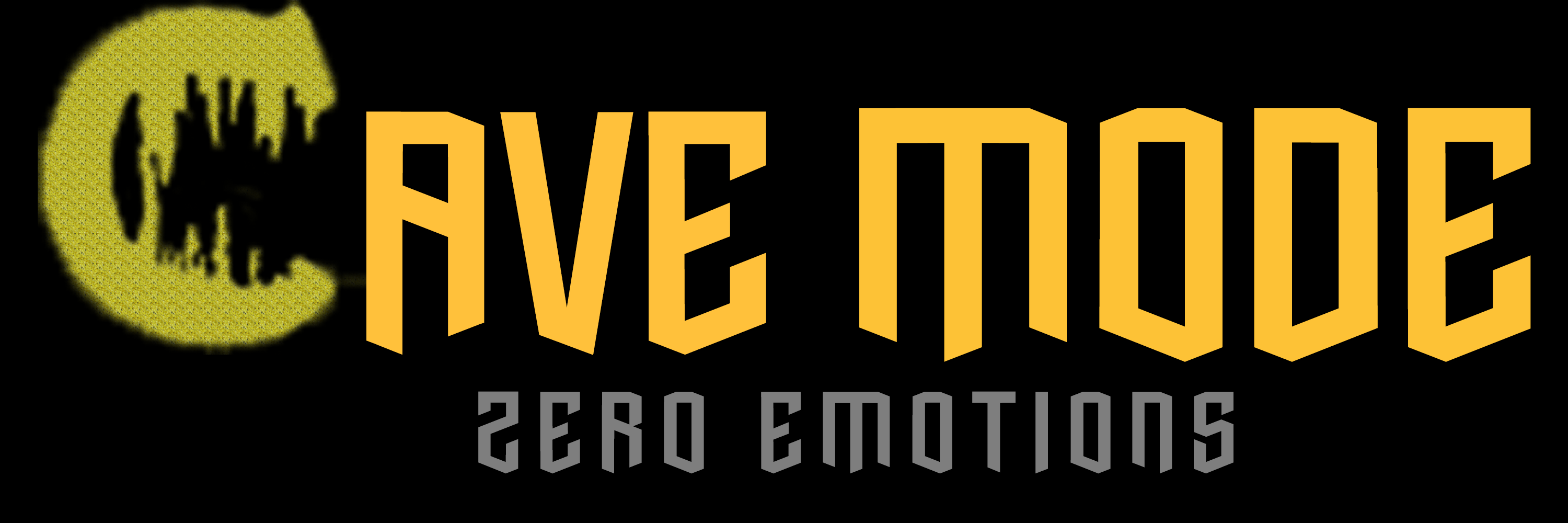Although the deadlift is the most important strength exercise, most trainees avoid it. The reasons are simple – a complex technique, as well as a serious burden on the body. In addition, beginners often do not know which muscles the deadlift pumps.
Men especially benefit from this exercise – working with heavy working weights and low reps increases testosterone and growth hormone levels, helping to pump up muscles of the whole body faster. How often should you deadlift?
Which muscles does the deadlift train?

The deadlift is a key multi-joint exercise performed with a barbell. It develops both the muscles of the legs (primarily the buttocks and the back of the thighs) and the muscles of the lower back (the internal muscles of the spine are most trained).
The advantage of this exercise is that the deadlift trains not only muscle strength but also has a positive effect on the hormonal background – in other words, it gives a powerful release of hormones into the blood. Ultimately, this helps increase overall lean body mass.
Note that in order to increase the production of testosterone and growth hormone, it is necessary to perform the deadlift with a high working weight (about 80% of the figure of the maximum single repetition), as well as in a low-rep mode – no more than 5 sets of 5 repetitions each.
Deadlift – benefits:
- Develops strength
- Boosts hormone production
- Creates an athletic posture
Advantages and disadvantages
Despite the advantages (the development of strength indicators and an increase in the production of hormones), the deadlift has a number of disadvantages. Firstly, working with heavy weights requires perfect adherence to the correct technique – imposing a number of contraindications (for example, problems with the spine, knees, and so on).
Secondly, deadlifting puts a serious strain on the cardiovascular system and is not recommended for people with high blood pressure or heart disease. Thirdly, exercise requires large muscle glycogen stores and is not suitable for low-carb and no-carb diets.
Which muscles are working the most?

The main working muscles when performing the classic variation of the deadlift are the buttocks, quadriceps, and hamstrings. At the top of the movement, the extensor muscles of the spine and the latissimus dorsi muscles are involved – plus, the exercise trains the abs well.
In turn, a deadlift on straight legs increases the load on the buttocks – especially on the gluteus medius muscle, which gives a characteristic roundness. A wider stance (sumo-style deadlift) further trains the inner thighs.
Squat or deadlift?
Despite a certain similarity, the deadlift is intended only to complement squats, and not at all to replace them. In fact, squats with a barbell train the front surface of the thighs, while deadlifts train the back. At the same time, maximum efficiency is achieved when combining exercises.
Separately, we note that isolating exercises in simulators (for example, various flexion and extension of the legs), although they can replace squats, are not an alternative to deadlifts. It is impossible to repeat this exercise in a machine – you can only make it easier when performing traction in the frame.
When and how often should you deadlift?

If you train on a split (a program that divides training days into different muscle groups), the deadlift is performed once a week, on leg day. In this case, you must first do several exercises to warm up the muscles of the back of the thighs – then the deadlift.
If you train according to the full body program (working out all the muscles of the body in one session), it is recommended that you do a heavy deadlift no more than twice a week – for example, on Monday and Friday. The exercise should be performed in the first third of the workout (and not at the end when there is almost no strength left).
As mentioned above, the maximum effect of the exercise is achieved when working with submaximal weights (about 80% of a single maximum repetition) and in a low-rep mode – no more than 5 repetitions per set. The break between sets should be 60-90 seconds.
The deadlift is a basic multi-joint exercise performed with a barbell. It develops both the muscles of the back of the body (primarily the buttocks and the back of the thighs), as well as the back and abs. In fact, the deadlift is a key exercise for building athletic posture.

